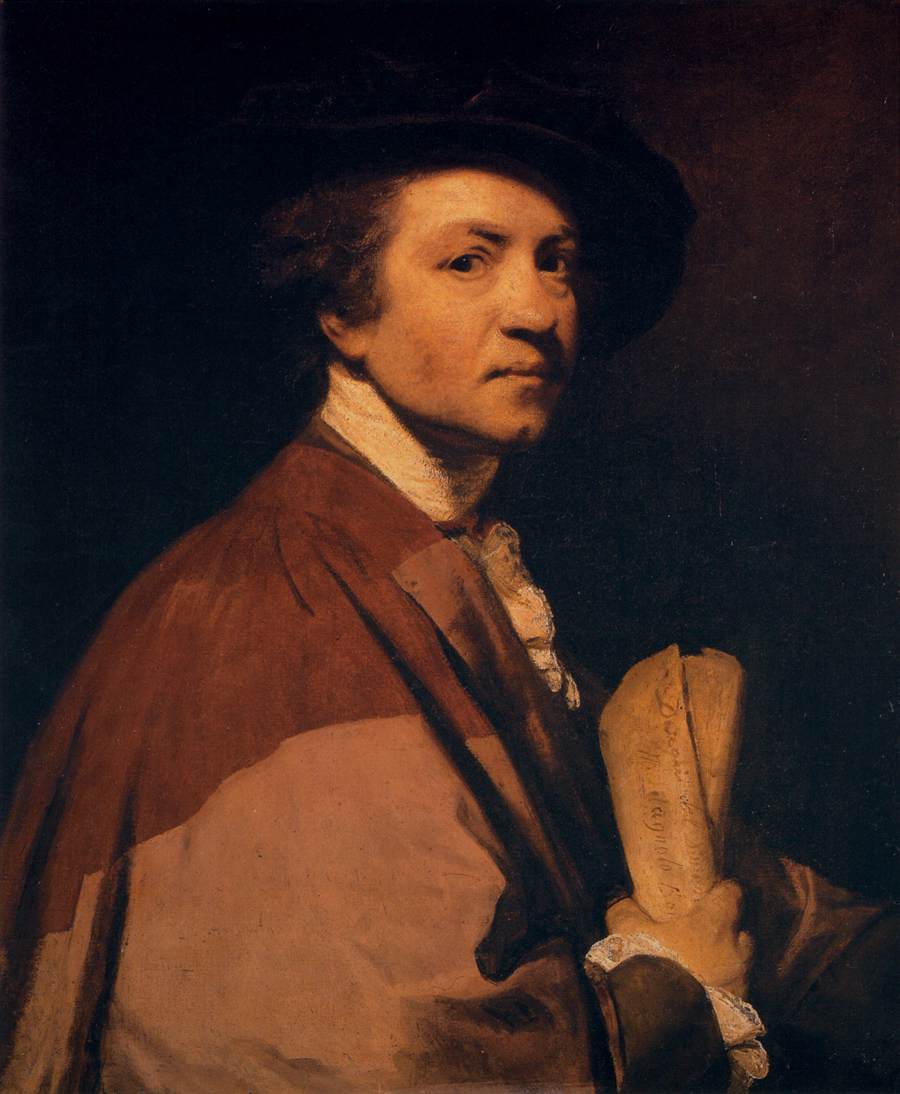Description
Sir Joshua Reynolds' Self-Portrait painting is an 18th-century masterpiece depicting the artist in his studio, surrounded by personal belongings and works of art. Reynolds' artistic style is characterized by his ability to capture the beauty and elegance of his subjects, and in this work, his masterful technique in the representation of light and shadow can be appreciated.
The composition of the work is impressive, with Reynolds at the center of the image, surrounded by a large number of objects that reflect his passion for art and culture. The artist presents himself with a confident and confident pose, suggesting his high self-esteem and success as a painter.
The use of color in the painting is understated and elegant, with a palette of warm, earthy tones that accentuate the feeling of intimacy and warmth in the studio. Light filtering through the window gently illuminates the artist's face and hands, creating a dramatic and realistic effect.
The story behind the painting is interesting, as Reynolds created this work at the height of his career, when he was one of England's most famous and respected artists. The painting was acquired by the British Museum in 1828, and has been exhibited on various occasions around the world.
As for the lesser-known aspects of the painting, it is known that Reynolds used a special technique to create the texture of the clothing and objects in the image, using a mixture of paint and sand to give a sense of relief and texture. Furthermore, the painting is believed to have been influenced by the work of other artists of the time, such as Rembrandt and Velázquez, demonstrating Reynolds' ability to incorporate different styles and techniques into his own work.

